
I was inspired to create I’m From Driftwood after seeing a photograph of Harvey Milk, one of the first openly gay elected officials in the United States, riding on the hood of a car and holding a sign that read, “I’m From Woodmere, N.Y.” The sign showed just how far people came to attend the 1978 San Francisco Gay Pride march, but it meant something more to me: It meant that there are LGBTQIA+ people in every small town and every big city across America and the world. I knew how much that message would have meant to me as a gay kid growing up in Driftwood, Texas, and I wanted to share that message of belonging with the world.
In 2010, I’m From Driftwood embarked on a 4-month, 50-state Story Tour, collecting stories from every state in the country. Along the way, we would share stories at places such as churches, college campuses, and community centers. Towards the end of the story sharing events, I would always ask the same question: What is it like being LGBTQIA+ here?
"I would always ask the same question: What is it like being LGBTQIA+ here?"
When speaking with a youth group in the luxurious, well-funded, modern LGBTQIA+ Center in Los Angeles, I almost didn’t ask the question because I thought the resources we were surrounded by answered for itself. But out of habit, I asked anyway. Almost all 15 youth in attendance shot their hands up in the air. I was surprised and curious as to why that question sparked such a response. I called on a young woman who said, “Just because we’re in Los Angeles doesn’t mean it’s easy.” The crowd became a sea of nodding heads in agreement, all the hands lowered, and there was a chorus of affirmative mm-hmms. She continued, “Whatever people think about living in Los Angeles or West Hollywood, that’s not me. I live in my home with my parents, on my street, in my neighborhood, where people aren’t accepting of me. My mom thinks I’m at a study group right now.”
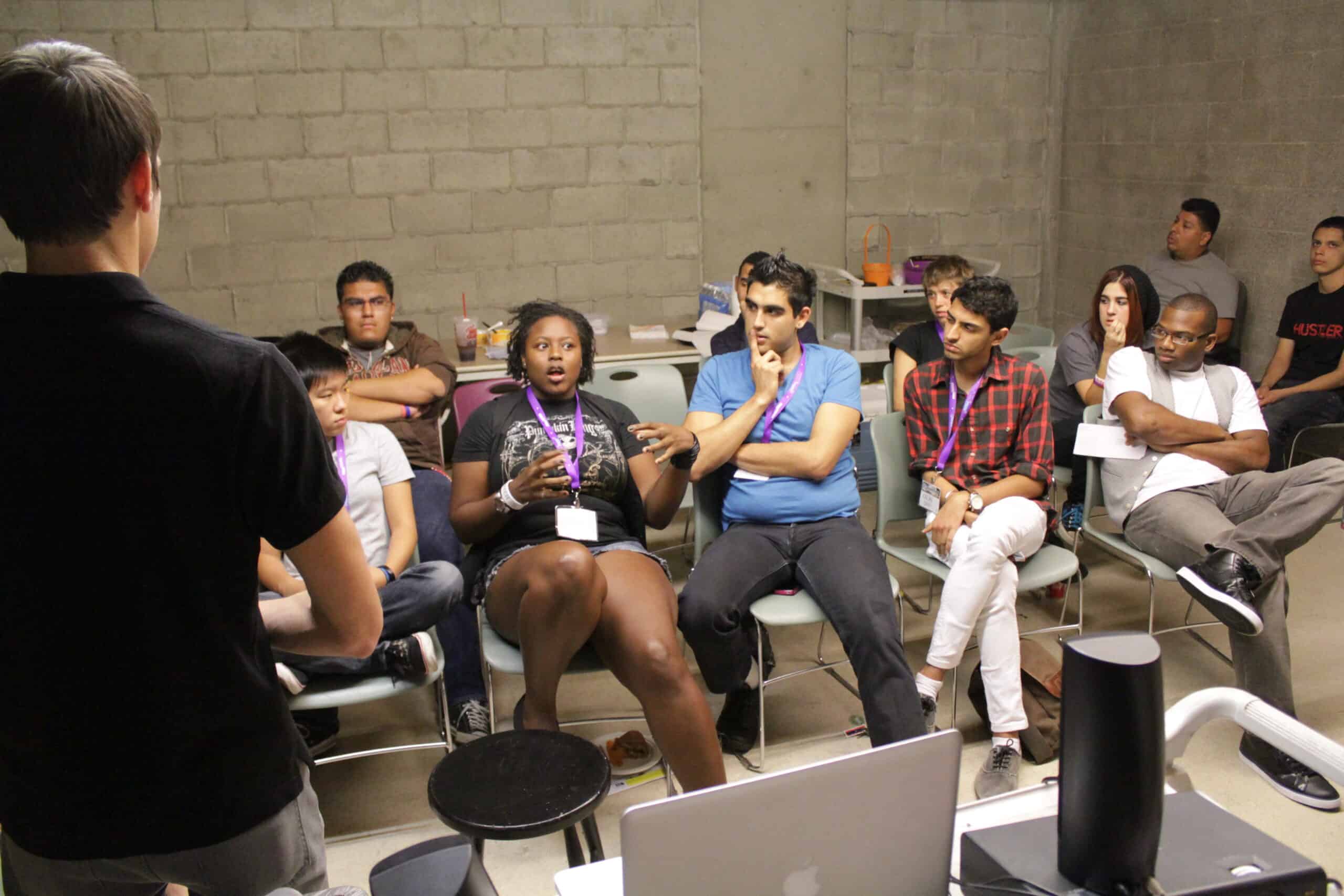
About a month later, we had made our way to Columbia, South Carolina. We met with a LGBTQIA+ group called YEAH (Youth Empowerment Against HIV). Their meeting space was in a friend’s dining room that had mismatched chairs sitting around a makeshift table made up of two glass panels propped up on boxes. A paper mache of giant lips with rainbow glitter lipstick was hanging in the window. I gave my presentation and screened some Video Stories to the 6 youth in attendance and asked my go-to question: “What’s it like being LGBTQIA+ here in Columbia?” Almost every hand shot up. One young man answered, “Just because we’re in South Carolina doesn’t mean we’re a bunch of country bumpkins.” Heads nod, hands lower, mm-hmms. “I hold hands with my boyfriend in the middle of town. My parents know and no one cares.”
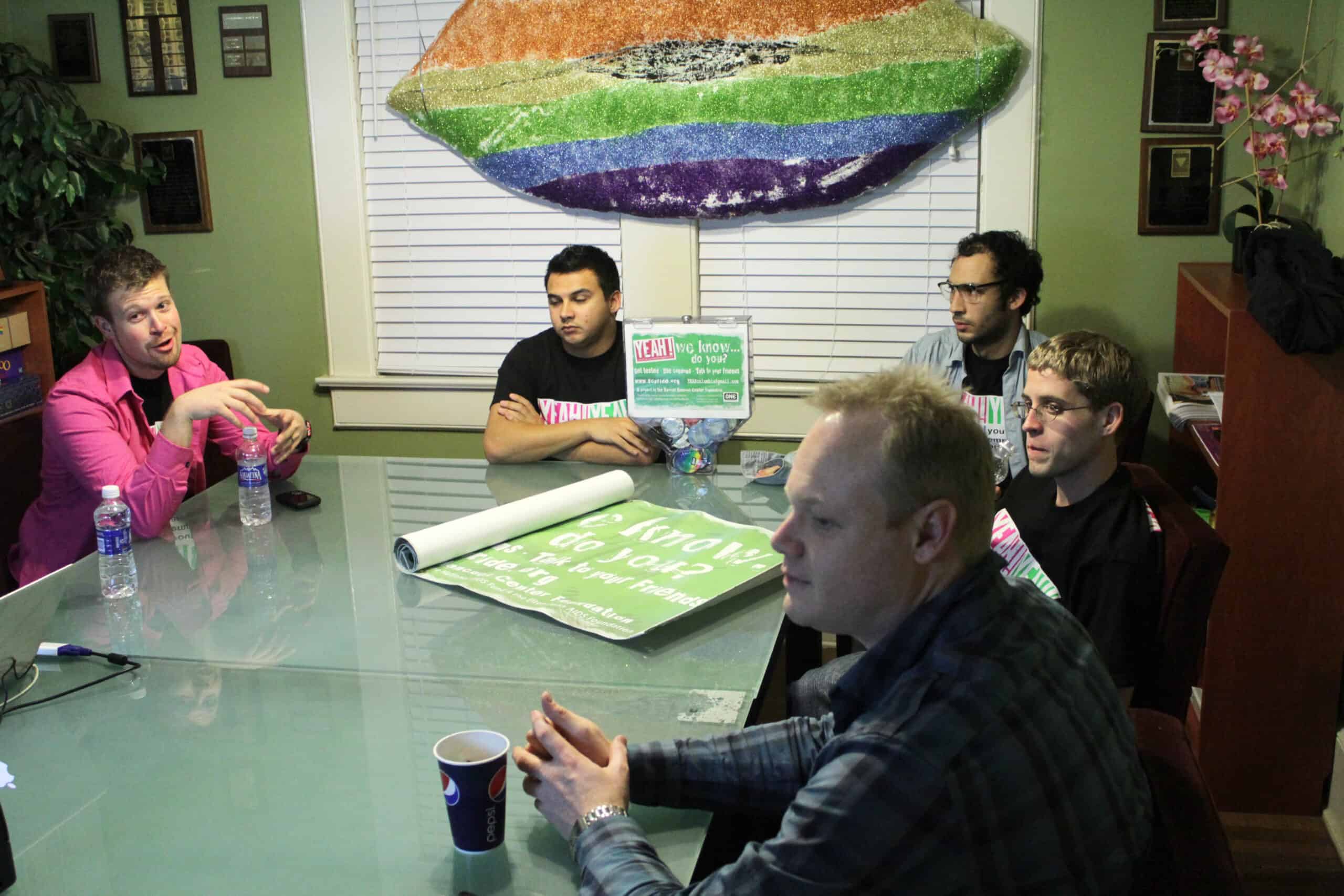
We gave presentations in thrift stores in Alamogordo, NM, ad agencies in Portland, OR, and mobile homes in Montana, and one thing was abundantly clear everywhere we went: People want to be perceived by their own stories, not someone else’s stereotypes.
The stories on I’m From Driftwood send a message that you’re not alone, no matter who you are or what you’re going through. But it also provides an opportunity for the LGBTQIA+ community to tell our stories in our own voices.
If we don’t tell our own stories, someone else will tell them for us, or worse, they won’t be told at all.
Thanks for believing in the power and importance of storytelling,
Nathan Manske
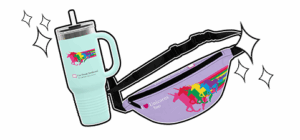

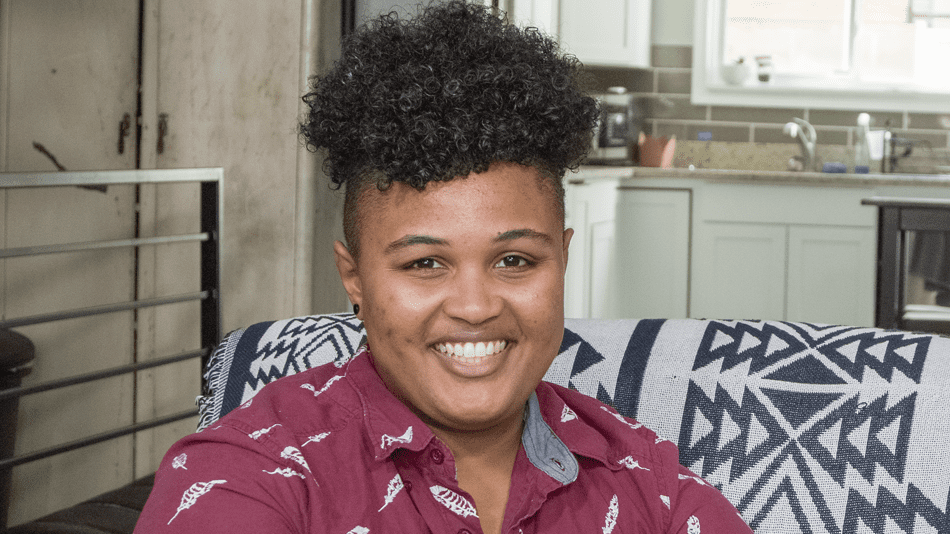

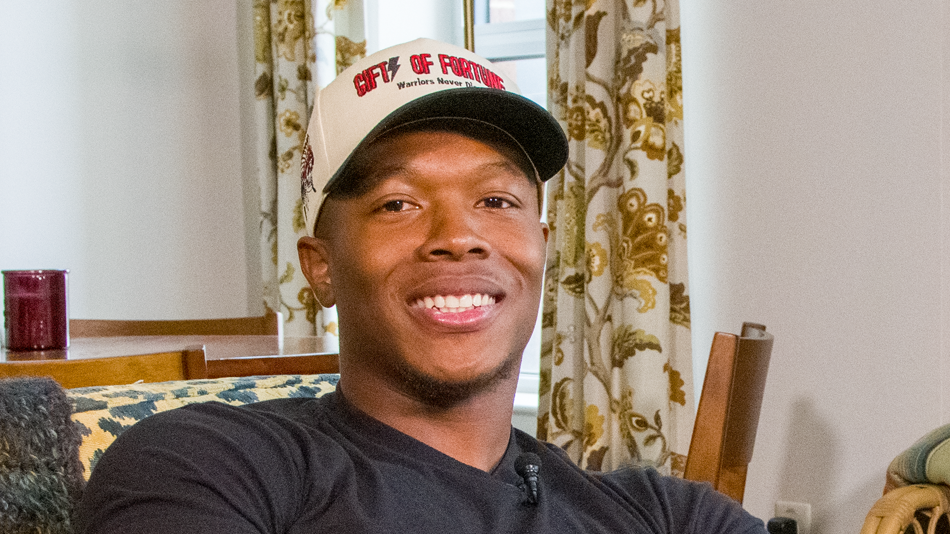
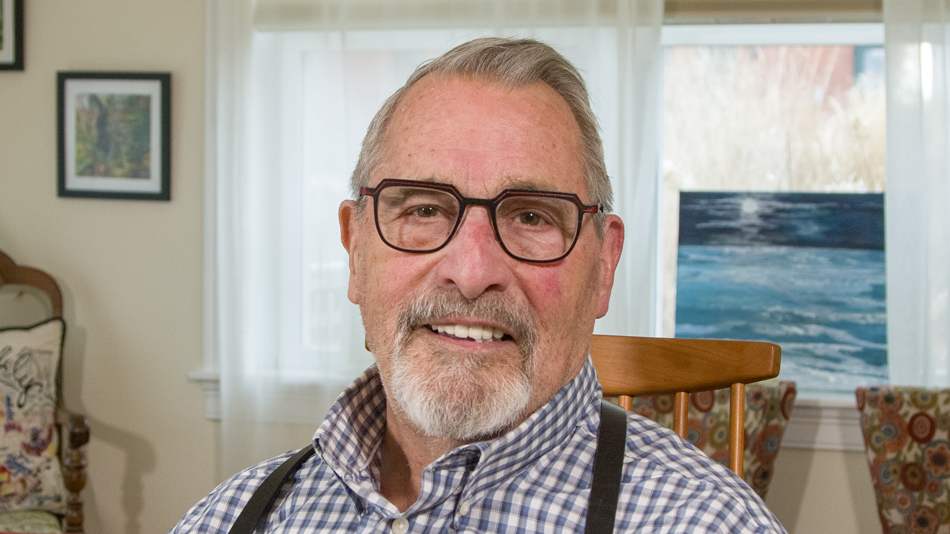
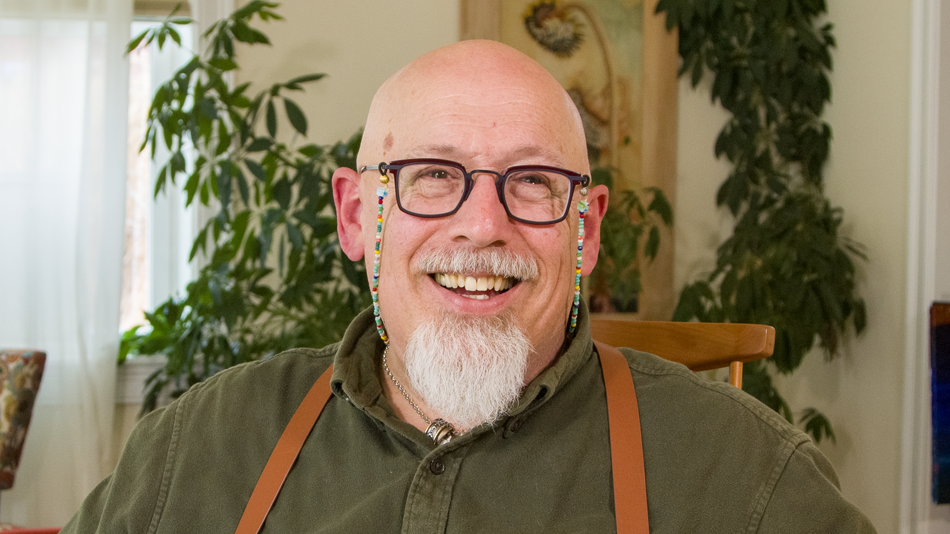
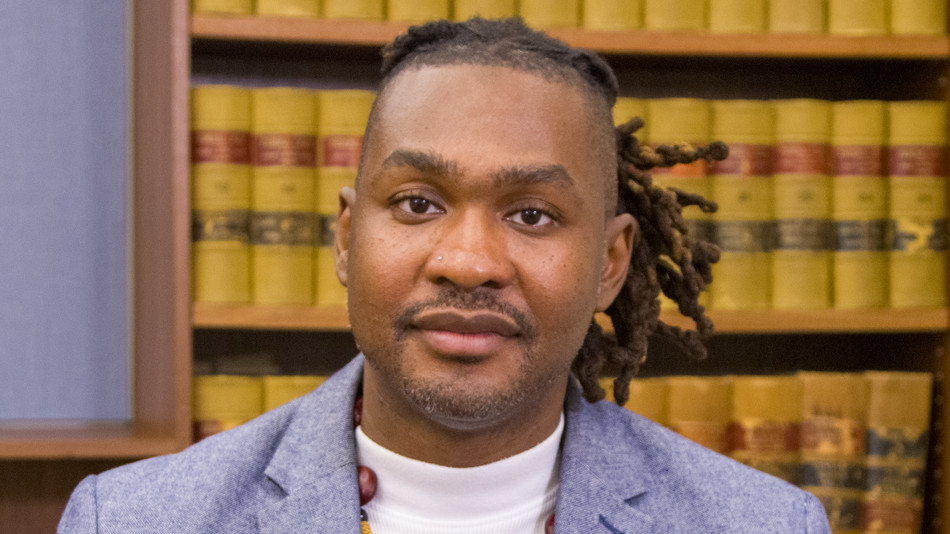
Share